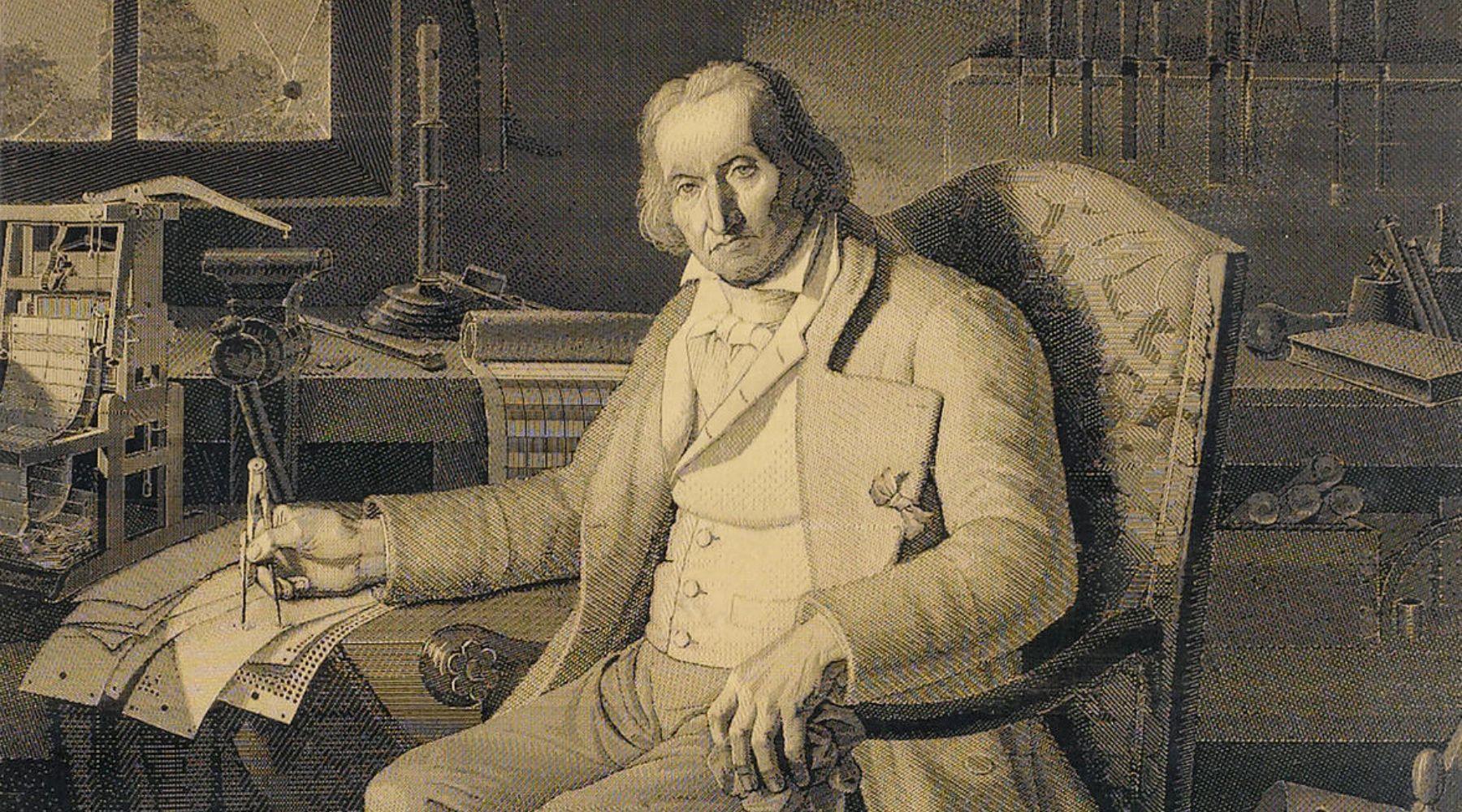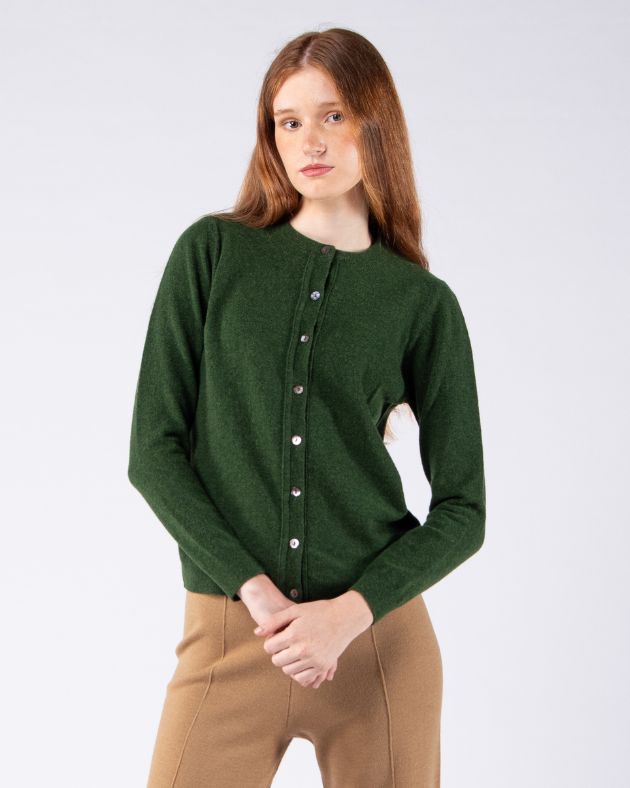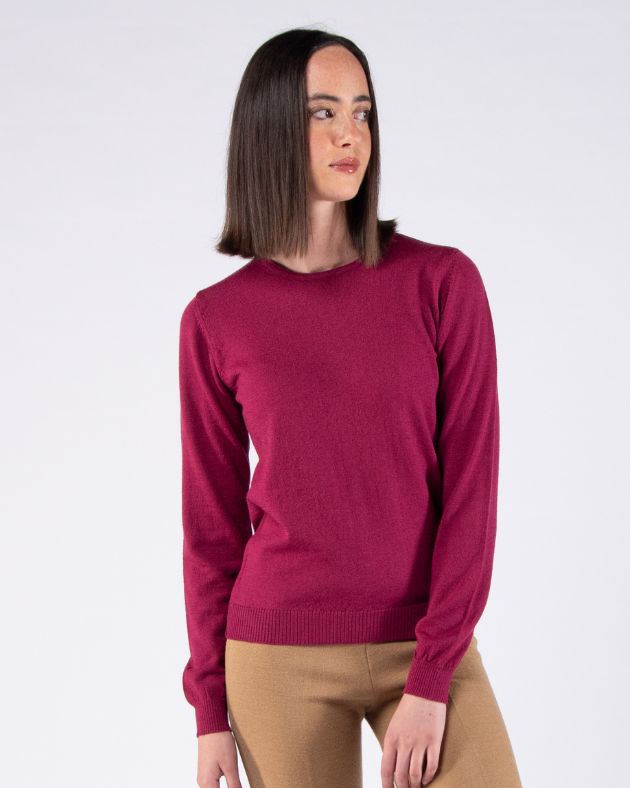
Jacquard: the incredible story of an invention that inspired the first computer
Hearing the word jacquard may bring to mind a beautiful, sumptuous piece of fabric such as luxurious curtains or an elegant dress. But what exactly is jacquard?
A jacquard is any fabric made on a jacquard loom, which interweaves the pattern directly into the material. It can be any pattern, color or fiber, and never involves printing, embroidery or dyeing. Silk, linen, cotton and wool; any of these raw materials can be jacquard, as long as they are woven using the jacquard process.
Read on to discover more about the history of jacquard weaving and how its development ushered in a new world of woven textiles.
Historically, weaving a pattern into fabric was a slow, exhausting and dangerous process that produced only about five centimeters of fabric a day. Master weavers ran handlooms and instructed young assistants called design boys who perched on the looms and moved the threads following a specific pattern. The weaving reeds were heavy, and the drawing boys were often injured or incapacitated by lifting more than half their body weight on the machinery. Bizarre, isn't it? All this was about to change...
In the 1760s, Jean Charles Jacquard, a well-known and respected master weaver in Lyon, France, who employed his son, Joseph Marie Jacquard, as his drawing boy, realized that the work was too hard and sent the young Jacquard to learn from bookbinders and printers.
Jacquard grew up, got married and had several jobs, including real estate and cutlery manufacturing, after which he joined the army.
After the French Revolution, he began to develop a new loom and a whole new world opened up before him.
Taking advantage of the existing technology of other advanced looms of the time, Jacquard developed an automated system that used a sequence of punched cards. The cards instructed the loom which threads to lift at specific times to produce the weaving, and each card corresponded to a line of the fabric design. The cards, a kind of program, replaced the laborious and time-consuming work of the drawing boys.
In 1805, Napoleon visited Lyon, where he received a demonstration of the Jacquard loom. Immediately realizing its potential, the Emperor granted Joseph Jacquard a patent inviting him to Paris to mass-produce the loom.
The invention of the jacquard process was one of the most important developments in the history of fabric weaving. For the first time, weavers could produce patterns of seemingly unlimited complexity on a large scale. The jacquard technique could also be used to produce brocades and damasks, wool and cotton garments that had previously required countless hours of painstaking work because they were woven by hand. With the advent of the jacquard loom, these fabrics were no longer reserved for society's elite.
Jacquard's punch card technique also had implications outside the textile world. His pioneering design was a great source of inspiration for Charles Babbage, who invented the first mechanical computer in the 1820s.









Leave a comment
This site is protected by hCaptcha and hCaptcha's Privacy Policy and their Terms of Service apply.